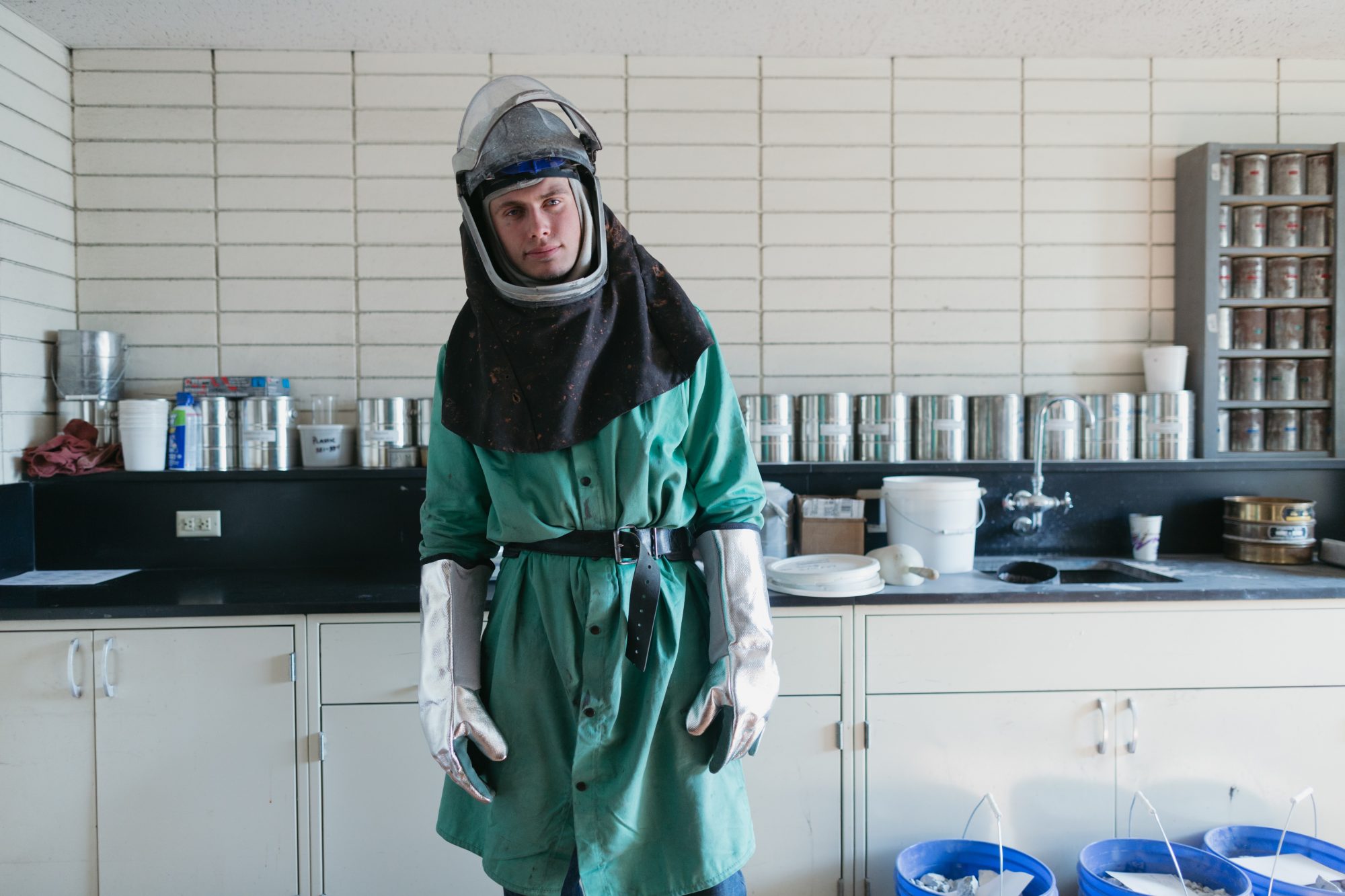
Art | Resources
New Apartment
Question from John
I moving into a new apartment How shoud i go about storing my clothing, pots, pans, and etc when having to work with an apartment where you cant determine what materials the closets and cabinets are made of or if you know they are made of things such as mdf,particleboard, etc
Lisa’s Answer
Paint Off-Gassing
Question from John
Painters painted our room with eco spec claimed no smell I went in 3 days later not much smell but I felt poisoned with a headache
Fans going windows opened
I have asthma
Any suggestion? Or experience with this paint?
Lisa’s Answer
Vinyl Plank Flooring
Question from David
I was trying to put floor in kitchen called life breath vinyle and have one box in room to test no odour and voc and philates free I am mcs so odour big for me is this floor okay to use I have filter with hepa and carbon running in room
Lisa’s Answer
Non-Toxic Kitchens
Question from Pam
Who creates a non-toxic kitchen environment? IKEA??
Lisa’s Answer
Plastics in Hydroponics
Question from TL
I hope u can help provide more educational information related to hydroponics materials used to make the plastic frames, net pots etc. Most sellers claim they are HDPE food grade so totally safe to use at home. But as consumers, how do we know if they are truly HDPE Food Grade materials? My concern is there any such recognized industry standards that the sellers have to produce to substantiate their claims as totally HDPE food grade, safe for human consumption?
Lisa’s Answer
Bemberg Fabric
Question from Jason
Im about to purchase a dress suit and the jacket is made of 100% organic wool however the lining is made of Bemberg is it safe to buy this suit?
Lisa’s Answer
Why I Don’t Recommend Bake-Outs
Bake-outs are a frequent topic of discussion on Toxic Free Q&A. Many people have reported success reducing odors from off-gassing building materials and household items using the bake-out method. After reviewing available research, I believe the risks outweigh the potential benefits.
A bake-out is a method of heating rooms to make chemicals from paints, finishes, and other building materials offgas more quickly.
The bake-out method was designed to accelerate the curing process of certain building materials that have some toxicity during application, but cure to a nontoxic finish. In these materials the sources of off-gassing are solvents used to keep the material pliable (as in the case of caulks, paints, and other finishes) or residual chemicals used in manufacturing that have not completely dissipated (such as adhesives used to hold together wood floor tiles). Once these chemicals offgas, however, the resulting product is non-toxic.
Unfortunately, research shows that the method does not routinely lower VOC levels.
Bake-Outs Can Increase VOC Levels
Researchers have found that bake-outs do not lower, and can sometimes increase, VOC levels (1,2,3). One explanation for an increase in levels is that the high concentration of VOCs generated by high temperature can become reabsorbed by porous material.
According to the Healthy House Institute, bake-outs seem to have little effect on formaldehyde levels, probably because formaldehyde-containing materials, such as particle board, are thick enough to have a substantial reservoir of formaldehyde in them.
There are additional risks to conducting a bake-out:
- Studies show that some chemicals are released into the air that are not released at room temperatures.
- All materials in the heated room can potentially emit VOCs. The mix of chemicals could form new, harmful compounds.
- Some materials will heat faster than others which can cause building materials to warp or crack.
Flush-Outs Recommended for New Construction
A flush-out is a technique that forces large amounts of air through a building before occupancy to lower VOCs. This is the method recommended by the U.S. Green Building Council for LEED credit prior to occupancy. The method requires very specific levels of ventilation, humidity and temperature.
Tips to Reduce VOCs in Your Home
- Purchase building materials and home furnishings with low or no VOCs.
- Improve ventilation. Open windows frequently and use fans to bring outdoor air inside. Consider mechanical ventilation for new construction.
- Seal building materials and wood furniture that are known to have high levels of VOCs with a product designed to seal in toxins, such as AFM Safecoat.
- Use a high quality air purifier designed to remove VOCs.
- Work with an indoor air quality professional if you are considering a flush-out for new construction.
Blackout Shades and Curtains
Question from Deborah
I’m looking for advice on a few toxic free items such as blackout shades and curtains and couches. My husband died from leukemia so I’m very concerned about toxins in the home. I’ve searched but have been unable to find zero VOC blackout shades and curtains.
Lisa’s Answer
Organic Wool Dress Slacks
Question from Jamison
I’m wondering do you know of any Organic Wool or Cotton Suit dress slacks available for purchase. I have some wool ones however they are not organic and i know non organic natural materials has toxins in it but im dealing with it at the moment ssince im unable to find these types of slacks.
Lisa’s Answer
OdoBan
Question from Mary
I’m wondering if there is anyway you (or one of your associates) could comment on the toxicity of OdoBan?
I am disabled due to autoimmune problems. I live with my Mother – along with my five rescue cats, including one of whom has asthma).
My Mother uses a lot of OdoBan to clean the carpets and the floors. Because it’s used in hospitals, she thinks it’s “safe”. The fumes make me nauseous for days. If someone besides myself were to explain that there is reason to be cautious of this product, she would be much more likely to listen to reason. (Some mothers think they always know more than their kids).
Lisa’s Answer







